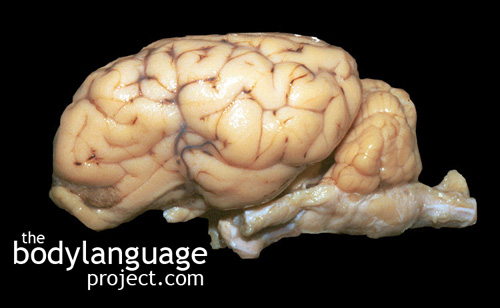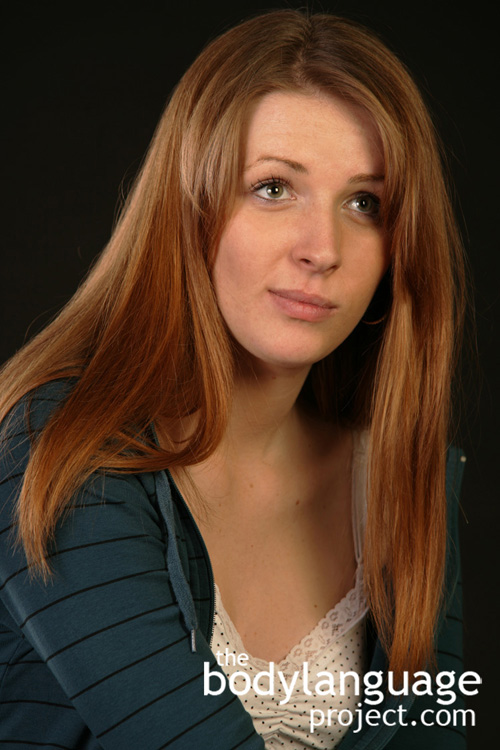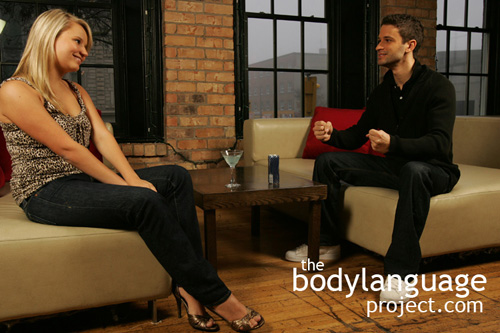Unfortunately, you probably thought that I would be describing how easy it is to spot lies told by children, but the common theme in this chapter is held consistent. Being able to ‘look through our children’ is a common sentiment. We do think that children are bad liars overall, but studies show that children are nearly as, if not just as efficient at lying as adults. A 2007 study by Leif Strömwall, Pär Granhag and Sara Landström of Göteborg University in Sweden found that overall detection of lies in children was only around fifty-two percent, or not much better than chance. Adult raters were only slightly more effective at detecting children’s lies when the children were not allowed time to prepare their fibs. In this case they were only fifty-six percent accurate. The children relied on their own real life experiences and those of others they knew to fabricate believable stories, whereas their nonverbal strategy was to ‘stay calm’. Other research tells us that children as young as four are able to construct and build lies, but that older children are more skilled than younger children and are therefore caught even less. Another study showed that by age twelve, children have reached adult success levels. Further to this, there is no ‘expert advantage’ mean that when college students were compared to teachers and social workers, no difference was found, they all performed poorly as lie detectors.
Now let’s all breath deeply here! Children have a natural knack for telling lies, but so too does the rest of the world it seems. To catch our children’s lies it’s best to watch for their verbal inconsistencies rather than their nonverbal language. In fact, that is exactly what we do. Paying particular attention to the consistencies in the verbal dialogue is reported by several studies as successful where adults are trying to catch children in lies. To illustrate this point I draw on a 2002 study by Victoria Talwar and Kang Lee of Queen’s University in Kingston Ontario, Canada. In the study they had children hold a stuffed Barney toy behind their backs. As the experimenter left the room, they asked for them not to peek. Almost no one could resist the temptation. Raters who had no chance to interview or listen to children speak, but had to rely on body language alone, showed similar difficulty as other studies when trying to pick which of the children where lying. However, when outright asked if they peeked seventy-five percent lied and only twenty-five percent admitted to peeking, but when asked to guess what toy they held, almost half of the six and seven-year-olds said “Barney” admitting they had looked, whereas ninety percent of the three, four and five-year olds admitted the same. The study demonstrates that young liars are easily read by verbal leakage. Only some of the students where able to come up with alternative answers, or report that they didn’t know.
Another factor we look for in liars, is “richness of detail”’, meaning the level of information in a story. It is this richness that we assume means that someone has actually experienced the event, rather than constructed it. Children have limited life experience and it is difficult for them to create details outside of their personal lives. Then again, young children often give short responses to questions anyway and offer up little detail, even when prompted. Children have also been found to appear more nervous and seem to think harder when lying, the problem of course is that they hold these traits while telling the truth as well. Telling the truth is hard for both adults and children. Reality is as difficult to recall as is creating lies.
Adults, parents in particular who spend a great deal of time with their children, can usually pick out lies easier, because they’ve been with them to measure their experiences more so than the cues they give up through their body language. However this falls much shorter than lie detection, it’s merely an examination of the facts or at its most generous, a probability assessment. Parents most often rely on baseline comparisons in their children and while this is helpful, detecting lies in strangers or in other people’s children would be more useful. Teachers whom are faced with stories about summer vacations or their extravagance might hold doubts, but until they can confirm these doubts with facts, photographs or even parent’s confirmation, they simply remain doubts. Information presented outside the realm of the children’s possible experiences can be used to reasonably detect lies, but with widespread media and internet, story creation by children is made much easier. However, as the research shows repeatedly, we should not expect to be able to detect lies through body language alone, even in children.










